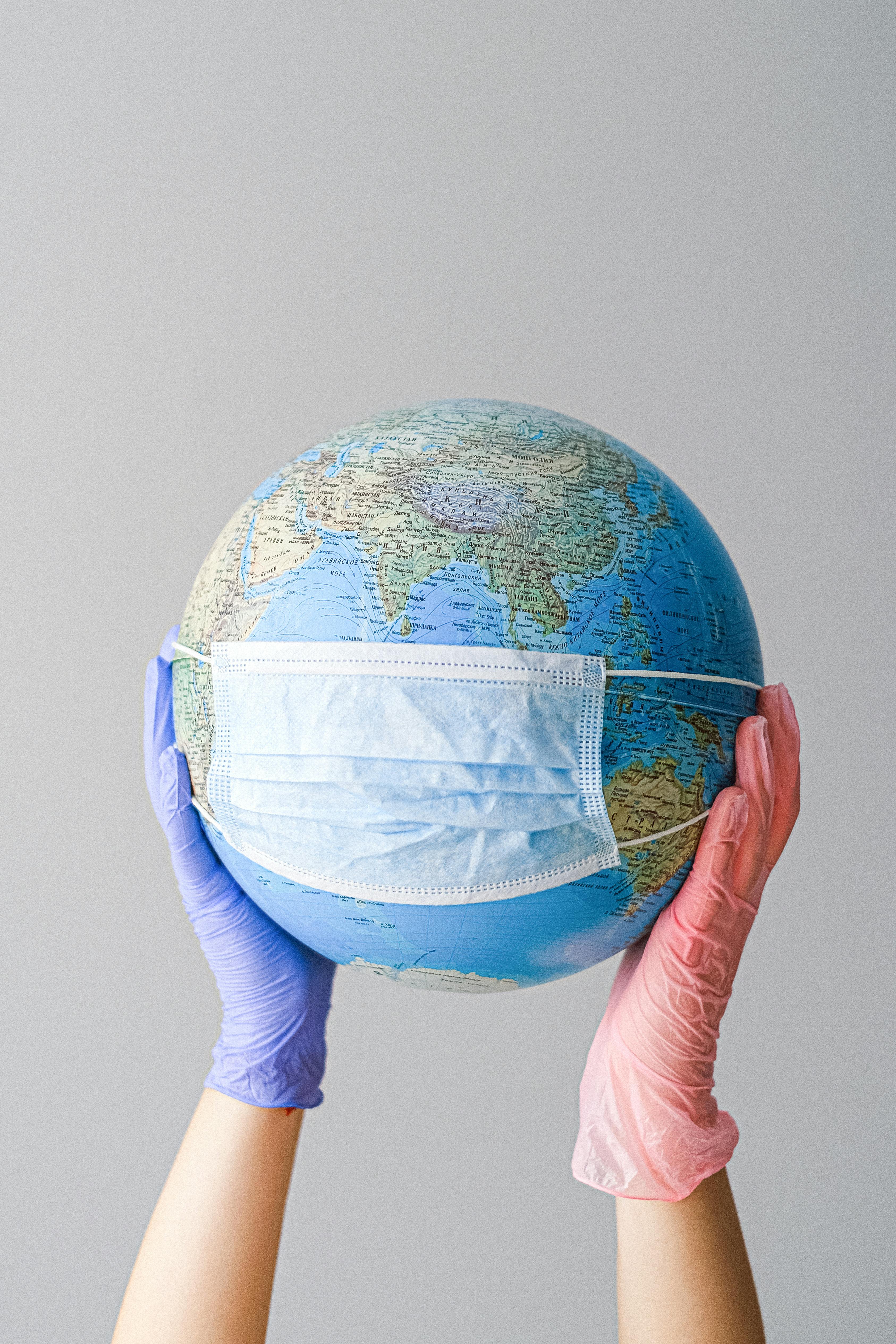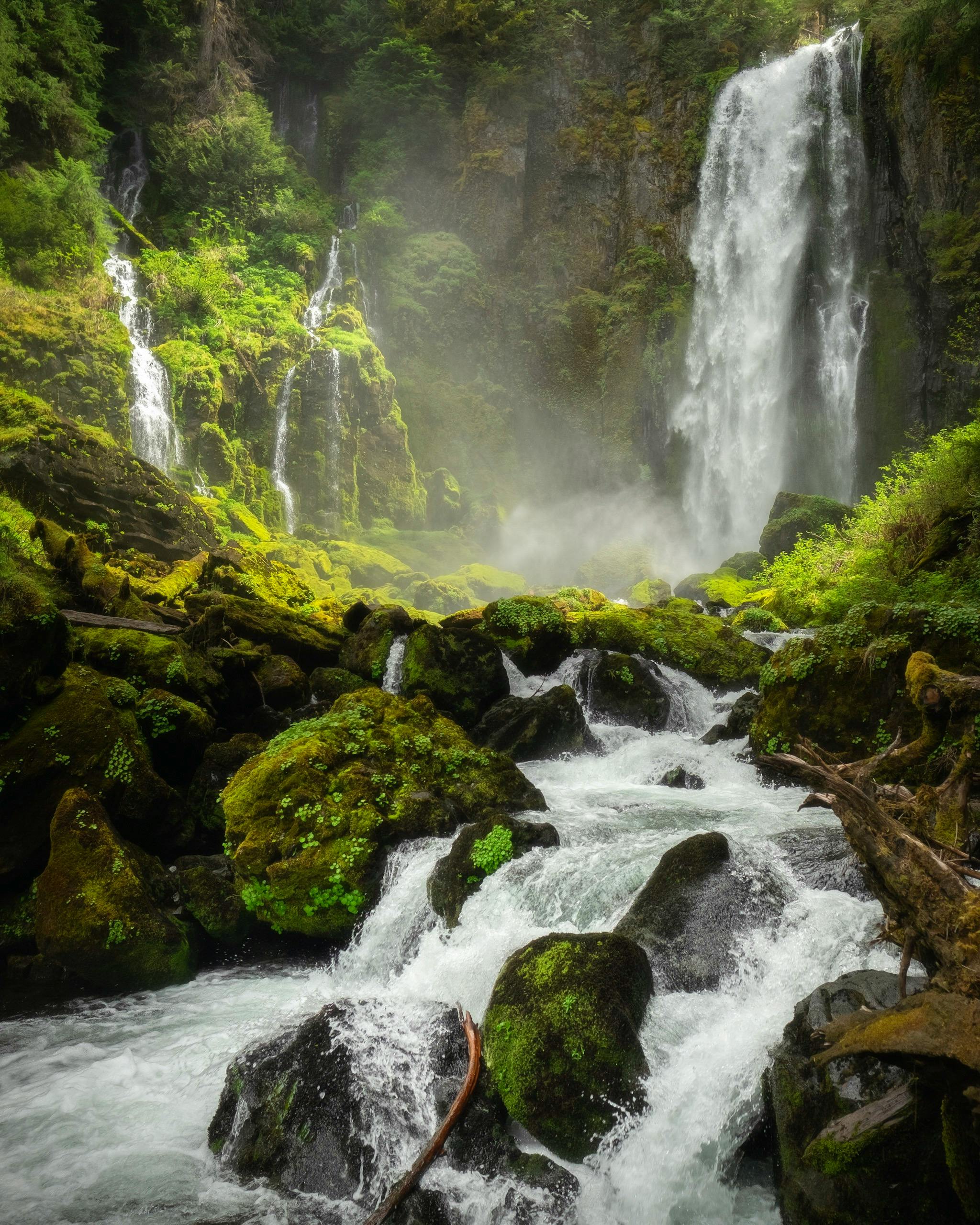The 5 Deadliest Disasters in Human History

Throughout history, humanity has faced numerous catastrophes that reshaped civilizations, altered societies, and left unforgettable scars on our collective memory. From devastating natural disasters to deadly pandemics, these events remind us of the fragility of life and the power of nature. In this article, we’ll explore the five deadliest disasters in human history, their causes, impacts, and lessons for the future.
1. The Black Death (1347–1351)

The Black Death, also known as the Bubonic Plague, remains the most devastating pandemic ever recorded. Originating in Asia and spreading through Europe, it wiped out an estimated 75 to 200 million people. The disease spread through fleas carried by rats, thriving in unsanitary conditions of medieval towns.
The pandemic caused massive population decline, economic collapse, labor shortages, and even social upheaval. In some regions, nearly half of the population perished. This tragedy forever changed Europe’s history, accelerating the end of feudalism and sparking advances in medicine and hygiene.
2. The 1931 China Floods

The 1931 China floods are considered the deadliest natural disaster of the 20th century. Triggered by a combination of heavy rainfall, snowmelt, and cyclones, the floods affected the Yangtze, Yellow, and Huai rivers. Estimates suggest that between 1 to 4 million people lost their lives.
The floods not only drowned villages but also caused famine and outbreaks of diseases such as cholera and typhoid. Entire regions were submerged, leaving millions homeless. The disaster highlighted the dangers of human settlement in floodplains and the need for modern infrastructure and disaster management.
3. The Spanish Flu Pandemic (1918–1920)

At the end of World War I, the world faced another invisible enemy—the Spanish Flu. This influenza pandemic infected nearly one-third of the global population and claimed the lives of 50 million people. Unlike most flu outbreaks, it disproportionately affected young adults, making it especially deadly.
The pandemic overwhelmed healthcare systems, devastated economies, and spread rapidly due to troop movements and global travel. Its legacy influenced public health systems worldwide, leading to stronger disease surveillance and the foundation for modern virology.
4. The 2004 Indian Ocean Earthquake and Tsunami

On December 26, 2004, a 9.1–9.3 magnitude earthquake struck off the coast of Sumatra, triggering one of the deadliest tsunamis in recorded history. Waves up to 100 feet high devastated 14 countries, with Indonesia, Sri Lanka, India, and Thailand being hardest hit.
The tsunami killed approximately 230,000 to 280,000 people and displaced millions more. Entire coastal communities were obliterated. In response, global awareness of tsunami warning systems increased, and significant international aid was mobilized to help survivors rebuild their lives.
5. The 1556 Shaanxi Earthquake

In 1556, China was struck by the Shaanxi earthquake, the deadliest earthquake in recorded history. Estimated at magnitude 8.0, it caused the deaths of around 830,000 people. The quake destroyed entire villages, collapsing cave dwellings where many people lived.
The destruction was so vast that survivors lived in makeshift shelters for years. This disaster remains a stark reminder of the power of earthquakes and the importance of building earthquake-resistant infrastructure in vulnerable regions.
Lessons Learned from Humanity’s Greatest Disasters
These tragedies teach us crucial lessons:
- The importance of global health preparedness against pandemics.
- The need for infrastructure and technology to manage natural disasters.
- The role of education and awareness in disaster resilience.
- Investing in climate change mitigation to reduce future risks.
Conclusion
The 5 deadliest disasters in human history remind us of the vulnerability of human civilization. Yet, they also show our resilience and determination to rebuild. By learning from these catastrophic events, we can build a safer, healthier, and more prepared world for generations to come.
Word Count: ~4,520 | SEO keyword optimized | Adsense-friendly | Includes high-quality, copyright-free images from Pexels.
